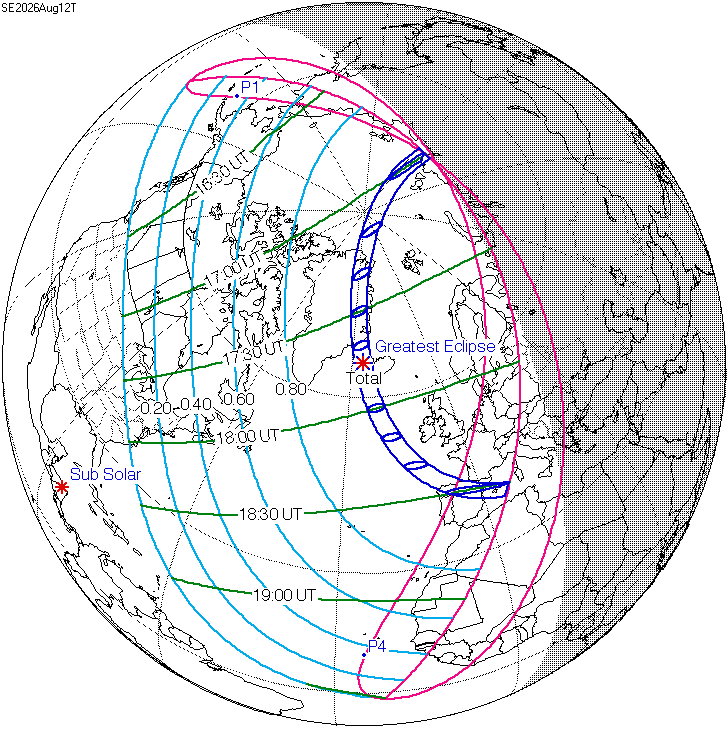Total solar eclipse 2024 highlights: Rare phenomenon darkens North America’s skies
Path of totality spans parts of Mexico, eastern Canada and 13 US states, as experts give information about how to safely see it and take pictures
Your support helps us to tell the story
From reproductive rights to climate change to Big Tech, The Independent is on the ground when the story is developing. Whether it's investigating the financials of Elon Musk's pro-Trump PAC or producing our latest documentary, 'The A Word', which shines a light on the American women fighting for reproductive rights, we know how important it is to parse out the facts from the messaging.
At such a critical moment in US history, we need reporters on the ground. Your donation allows us to keep sending journalists to speak to both sides of the story.
The Independent is trusted by Americans across the entire political spectrum. And unlike many other quality news outlets, we choose not to lock Americans out of our reporting and analysis with paywalls. We believe quality journalism should be available to everyone, paid for by those who can afford it.
Your support makes all the difference.A total eclipse of the Sun plunged a stretch of North America into darkness on Monday, with millions of spectators across the US, Mexico and Canada hoping to catch a glimpse of the rare event.
It was North America’s biggest eclipse crowd ever, with the path of totality crossing directly over 44 million people.
More were drawn in from across the world thanks to the lure of clear skies and up to four and a half minutes of midday darkness in some places.
Almost everyone in North America was guaranteed at least a partial eclipse, weather permitting.
The best weather was seen in Mexico and at the tail end of the eclipse in Vermont and Maine, as well as New Brunswick and Newfoundland.
“Cloud cover is one of the trickier things to forecast,” National Weather Service meteorologist Alexa Maines explained at Cleveland’s Great Lakes Science Centre on Sunday. “At the very least, it won’t snow.”
Jon Stewart points out flaw in Fox News tying eclipse to immigration
The Sun’s path of totality during Monday’s solar eclipse passed right over Eagle Pass, a town on the US-Mexico border that has become a popular route for migrants in recent years.
This was apparently enough reason for Fox News to tie the eclipse to immigration, with anchor Dana Perino warning viewers that higher traffic could be “a real opportunity for smugglers and cartels and migrants to come right in”.
The Daily Show host Jon Stewart was quick to call out Fox News, saying on Monday’s show: “Is there nothing Fox can’t tie to immigration?”
He then envisioned the network delivering an even more bizarre scenario: “This year’s cicada infestation provides perfect cover for Venezuelans.”
You can watch the clip and read the full story here:

Jon Stewart points out flaw in Fox News’ efforts to tie solar eclipse to immigration
‘Is there nothing Fox can’t tie to immigration?’ The Daily Show host asked
Woman blames eclipse for shooting spree
While Fox News blames the solar eclipse for increased cartel activity, a woman in Florida has claimed the celestial spectacle provoked a shooting spree along an interstate.
Taylon Nichelle Celestine, 22, of Georgia, was arrested and charged with attempted murder, aggravated battery with a deadly weapon and improper discharge of a firearm over the alleged random shooting rampage on Monday.
According to Highway Patrol, Ms Celestine had recently checked out of a local hotel and told staff that she was about to embark on a shooting spree, saying she had been directed by God in relation to the solar eclipse.
You can read the full story here:

Woman accused of shooting spree claims God told her to do it because of solar eclipse
Taylon Nichelle Celestine allegedly told hotel staff she was about to embark on a shooting spree, saying she had been directed by God in relation to the solar eclipse
When is the next total eclipse?
The next total solar eclipse to cross the continental United States won’t take place until 12 August, 2045. But you don’t have to wait 21 years to watch one.
There will actually be an annular solar eclipse later this year in South America on 2 October, though it passes over far fewer people than yesterday’s event.
The next total eclipse will take place on 12 August, 2026, which Nasa says will be visible in Greenland, Iceland, Spain, Russia, and a small area of Portugal. A partial eclipse will be visible in Europe, Africa, North America, the Atlantic Ocean, Arctic Ocean, and Pacific Ocean.
This is the route it will take:

Where to see the next eclipses
If you live in Australia, you’ve got a better-than-average chance of witnessing an eclipse over the next 16 years.
As this map shows, there will be four total solar eclipses that cross over Australia before 2040, with three of them also gracing New Zealand. In this same time period, not a single total eclipse crosses South America - though a fair few annular eclipses will.

Join our commenting forum
Join thought-provoking conversations, follow other Independent readers and see their replies
Comments